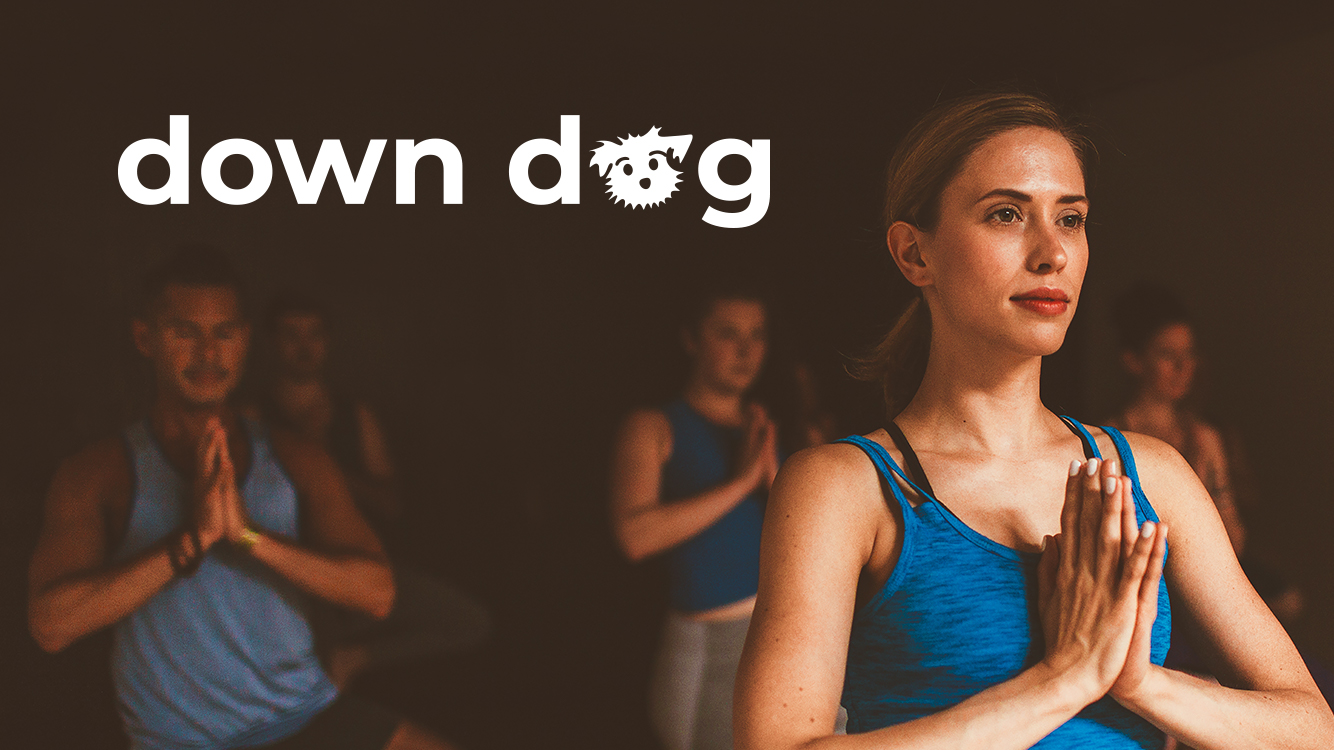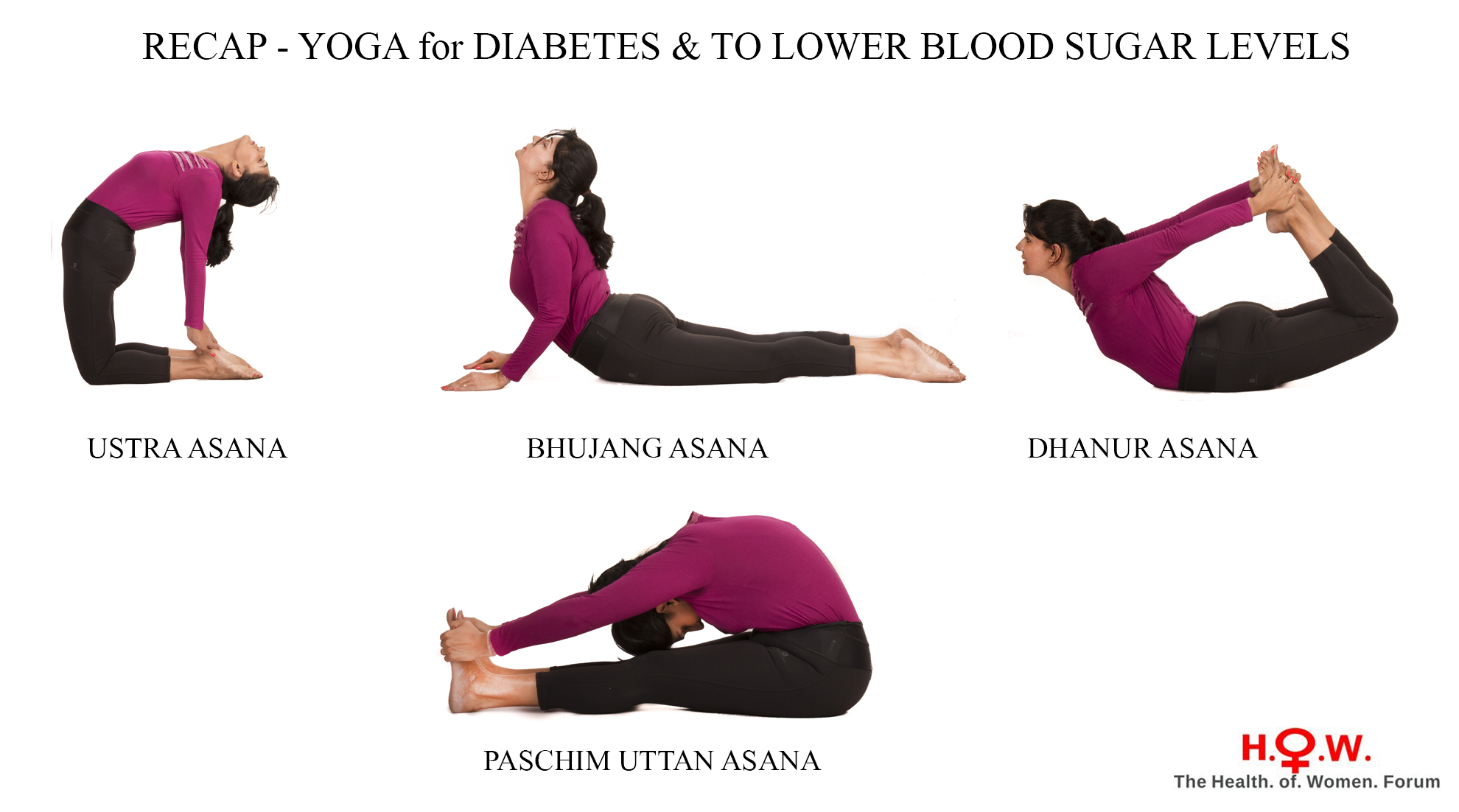
The Upanisads were literary texts that date back from the late Vedic era. They contain fertile speculations as well as descriptions of various practices in yoga. In this article, we will discuss the philosophy of these practices and how they relate to the other gunas. Let's start with the Upanisads, before we dive into the philosophy. These texts were written in ancient India by philosophers.
Yoga's philosophy about the gunas
A holistic yoga practice is built on understanding the interplay of the gunas. Not only does understanding the gunas lead to better decision-making, but it can also help people live a happier life. The following article provides an overview of Yoga’s philosophy of the gunsas. It is crucial to understand the differences between the gunas, and how to balance them. These are the three fundamental aspects of our existence. Each one can be considered a different quality of being, so identifying the gunas in yourself can make a big difference.

Yoga's philosophy about prakrti
The philosophy of prakrti states that the universe is composed of five gunas. Tamas, Rajas, Tanmatra, Tamasha, and Tanmatra. These gunas represent the subtle and gross dimensions of existence and have different functions. Tamasha, among the five, is the concealing shota. This guna obscures your experience of reality, dulling it and leading to sleep or incoherence. Its quality is heaviness and is manifested in rotting food, fog, and obesity.
Yoga's philosophy on tapas
In the ancient teachings of yoga, Patanjali considered tapas to be an essential component of Kriya yoga, or the yoga of action, which encompasses all forms of active practices leading to oneness. Tapas has been used for centuries by spiritual seekers to practice self-discipline as well as self-denial and extreme spiritual acts.
Yoga's philosophy about samadhi
In yoga's philosophy of samadhhi, the mind is the ultimate source of power. This power is the core of yoga practice and the first tool that the practitioner uses to achieve their goals. Yoga aims to unify the individual with the Universal Absolute. To realize this union you have to let go your notion of being a doer. Here are some things you should remember when practicing yoga.
Yoga's philosophy on meditation
A fundamental part of Yoga's philosophy of meditation is pranayama, the internal and external movements of the breath. Pranayama helps us become more aware of our motivations and ourselves. From a state called conditioned consciousness, to a state known as nirbija.samadhi, we gradually shift from that state to become pure being. Pranayama is an essential part of any Yoga practice. But, it's not enough to just practice yoga for it.

Yoga's philosophy on austerity
Yoga's purpose of austerity is to not cause pain. It's about enabling the spirit flow and keeping cheerfulness. This is also known as gentleness. How can we attain austerity however? Let's look at the three mistakes people often make in provoking situations. In addition to these mistakes, the other two errors are essentially the same. To avoid these errors, it is important to have a positive mental outlook and self-control.
FAQ
What is the difference between yoga and pilates?
Both pilates and yoga are great workout programs, but they have different methods. Both are based on stretching but yoga emphasizes poses that strengthen your core muscles.
Pilates emphasizes strengthening your core muscles and improving your balance. You can also use yoga to supplement pilates classes.
What are some of the benefits of yoga to beginners?
Yoga helps improve posture, flexibility, strength and breathing control. It also allows you to relax and has a positive effect on your mental clarity. Yoga can help you become more aware of your surroundings, yourself and others.
Yoga is a way to live your best life. You can learn to listen and respect your body and mind. Acceptance of yourself is something you learn. It is possible to let go tension and stress.
You can relax and enjoy the journey of life.
What are some of the health benefits that yoga has for you?
Yoga is an ancient tradition that originated in India. Hindu monks developed it over several centuries as a way to improve physical fitness and mental well-being. Many people turn to yoga for stress relief and relaxation. Some believe that yoga helps them build strength and flexibility.
Yoga also improves balance and coordination, which makes it a great exercise for older adults who want to stay active. It can prevent injuries from falling or other causes.
Yoga can be good for your heart, as it strengthens the cardiovascular system. If you have diabetes, high blood pressure or are overweight, this is a good option.
Yoga reduces stress and anxiety as well as depression and insomnia. These conditions often lead to chronic pain, so practicing yoga may be especially beneficial for those with arthritis and fibromyalgia.
As you get older, your muscles naturally lose some elasticity. Yoga keeps your muscles flexible, strong and flexible. Yoga will give you more energy, stamina, and strength as you get older.
According to the National Institute on Aging (NIA), regular yoga has been shown by studies to decrease symptoms of depression such as fatigue, hopelessness, and feeling depressed. The institute also reports that yoga can help lower cholesterol levels and increase bone density.
Yoga can also be used to relieve headaches and back pain. Yoga's gentle pace and slow movements make it a great choice for relieving muscle spasms.
Can women do Yoga?
Absolutely! All women are welcome to do yoga, regardless of gender.
Yoga can be done in many styles for both men and women.
How long does it take to learn yoga?
Yoga is a journey that takes dedication and patience. Everybody learns new things at his/her own pace.
It doesn’t matter how old your age is. With enough commitment and hard work, you can master any yoga routine.
Statistics
- A 2020 review of 27 studies (1,805 total participants) of yoga interventions in children or adolescents found reductions in anxiety or depression in 70 percent of the studies, with more promising results for anxiety. (nccih.nih.gov)
- Start your Fall off right with 20% off All Access Membership when you sign up by 9/25! (corepoweryoga.com)
- About one in seven U.S. adults practiced yoga in the past 12 months, according to a 2017 national survey. (nccih.nih.gov)
- According to the Agency for Healthcare Research and Quality, falls are incredibly common among older adults in nursing facilities. Even the simplest ones can increase the risk of death (24). (healthline.com)
- In comparison, a 125-pound person is estimated to burn 135 calories in 30 minutes of walking (at a pace of 15-minute miles) and 210 calories bicycling at a moderate pace on a stationary bike. (everydayhealth.com)
External Links
How To
Is yoga a great workout?
Yoga isn’t only for those looking to lose weight. Yoga can help you improve flexibility, balance and coordination as well as strength, focus, calmness, and coordination.
Yoga isn’t just exercise. Instead, it’s an art form. They are used to relax and meditate. They help us to improve our posture, concentration, and breathing.
The term "yogi" refers to someone who practices yoga. Yogis follow various forms of yoga, including Hatha, Ashtanga, Iyengar, Vinyasa, Bikram, Kundalini, Yin Yang, and Restorative.
There are many types of yoga, but they all have similar goals. Each style focuses on different aspects. There are many yoga styles, including Hatha, pranayama and meditation.
Some yoga exercises that require no equipment are:
-
Sun Salutation – The series of 12 positions starts with forward bend followed by 10 poses.
-
Warrior Pose: While holding a stick, or staff, you can do a warrior pose.
-
Triangle Pose-This pose requires you to lift one leg behind you while bending at the knee.
-
Standing Forward Bend - This pose is performed by sitting on the floor with legs straight and then folding forward at the waist.
-
The seated twist is done while sitting on a mat or chair.
-
Cobra Pose is a position where you lie on your side, with your arms in front.
-
Child's posing - This position is performed while facing up on the ground.
-
Cat/Cow Pose - This pose combines a cat and cow pose. Keep your head down and raise your upper body above the ground. Then roll over onto your side and place your hands under your shoulders.
-
Head Tilt--This pose requires that you tilt your head back with your eyes closed.
-
Shoulder stand - This position involves standing straight up with your arms and feet raised above the head.
-
Tree Pose: This pose requires you to kneel on your knees, with your hands under your shoulders.
-
Bow Pose – Bend forward from the hips to complete this pose. Then, place your palms on top of the ground and bend forward.
-
The corpse pose is held for five to ten minutes.
-
Mountain Pose – This is a pose known as mountain pose. Your spine should be straightened and you must stand tall.
-
Legs up the Wall Pose: This pose requires that you hang upside-down on a wall.
-
Side Angle Pose: This pose involves leaning against a wall, putting your right hand next to the wall, and then extending your left arm.
-
Plank Position – This is when you lay flat on your stomach, extend your left arm out and place your right foot in front of each other.
-
Bridge Pose: This pose can be achieved by balancing on your elbows or toes.
-
Reverse Table Top Pose: This is when you lie on your stomach and extend your arms towards the ceiling.
-
Handstand: This pose requires balance as well as strength. This pose requires you to hold on to two walls or a doorframe.
-
Half Moon Pose is also known by the name Hero Pose. It's performed by standing on both your hands and toes.
-
Handstand or Headstand - This pose requires balance and strength. This pose is possible on a brick wall or on a doorframe.
-
Forearm Balance – This is a pose where your forearms rest on a tabletop.
-
Spinal Twist: This pose is where your belly meets your arms.
-
Supported Bound Angle Pose - This pose requires balance and support. To support your body, you will need to locate a strong object such as a tree branch or an old beam.
-
Wide Leg Forward Fold: This position is achieved by stretching your legs apart and touching the tips of your toes.
-
Single Pigeon Pose -- This pose is similar in style to the forward fold with one leg, but it only involves one leg.
-
Extended Puppy Dog Poses - This pose can be very relaxing. It involves extending your legs outward and bent your knees.
-
Situated Forward Bend – This pose allows you to sit cross-legged while stretching your calves.
-
Crow Pose – This pose can be difficult but rewarding once you are able to master it. The trick is to raise your arms higher than your head and lower them so that they touch the ground.